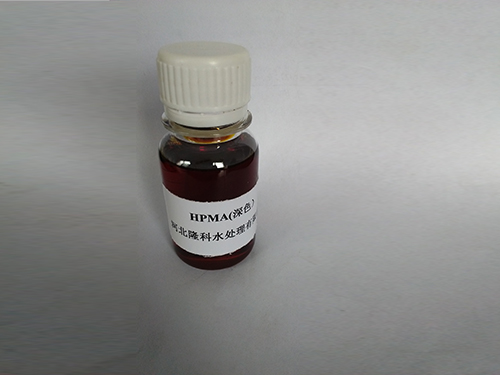Coagulation and Flocculation Process in Water Treatment and Purification Methods
Coagulation and Flocculation Essential Processes in Water Treatment
Water is a vital resource for all forms of life on Earth. However, its availability is often compromised due to pollution and contamination. To ensure safe and clean drinking water, effective water treatment processes are essential. Among these processes, coagulation and flocculation play crucial roles in eliminating impurities and improving water quality. This article delves into the significance of coagulation and flocculation in water treatment, their mechanisms, and their applications.
Understanding Coagulation and Flocculation
Coagulation refers to the process of destabilizing suspended particles in water, causing them to aggregate into larger clusters known as flocs. This is typically achieved by adding coagulants—chemicals that promote the aggregation of particles. Common coagulants include aluminum sulfate, ferric chloride, and polyaluminum chloride. The addition of these coagulants alters the chemical structure of the particles, neutralizing their charges and enabling them to bond together.
Flocculation, on the other hand, is the subsequent step that follows coagulation. In this phase, gentle stirring or mixing helps the newly created flocs to collide and bond further, forming larger aggregates that can be easily removed from the water. This is typically done using a flocculant agent, which assists in the formation of these larger flocs. Common flocculant agents include polyacrylamide and natural substances such as starch.
The Mechanism of Coagulation and Flocculation
The mechanism of coagulation and flocculation can be described in several phases
1. Charge Neutralization Many suspended particles in water carry a negative charge, repelling each other and preventing aggregation. Coagulants introduce positive charges that neutralize the negative charges on the particles.
2. Particle Collision Once the charges are neutralized, particles are more likely to collide with one another. This initial aggregation is facilitated by gentle mixing.
3. Formation of Flocs As particles continue to collide and bond, they form larger clusters known as flocs. These flocs can then be removed from the water through various means, including sedimentation and filtration.
coagulation flocculation

4. Removal The final step involves the gravity settling of flocs or their capture using filters. The clarified water, now free from the majority of particulate contaminants, undergoes further treatment to ensure its safety for consumption.
Applications of Coagulation and Flocculation
Coagulation and flocculation are indispensable in various applications, particularly in water treatment plants. These processes are primarily used for
- Drinking Water Treatment Ensuring safe drinking water is perhaps the most important application of coagulation and flocculation. By effectively removing suspended solids, microorganisms, and other contaminants, these processes contribute to public health.
- Wastewater Treatment In industrial and municipal wastewater treatment, coagulation and flocculation help remove suspended solids and pollutants before the water is released back into the environment or treated further.
- Surface Water Treatment Lakes, rivers, and reservoirs often contain significant amounts of organic and inorganic materials. Coagulation and flocculation can effectively clarify surface waters, making them suitable for treatment and distribution.
- Clarification in Industrial Processes Beyond water treatment, these processes are also applied in various industries, such as papermaking, where they assist in the separation of pulp and other materials.
Conclusion
Coagulation and flocculation are vital processes in the quest for clean and safe water. By enabling the removal of suspended particles and impurities from water sources, they play a critical role in ensuring public health and environmental safety. As water pollution continues to pose a significant challenge globally, the importance of these processes cannot be overstated. Future advancements in coagulation and flocculation technologies will contribute to more efficient and sustainable water treatment solutions, ultimately leading to improved water quality for all.
-
LK-319 Special Scale And Corrosion Inhibitor For Steel Plants: Advanced Solutions for Industrial Water SystemsNewsAug.22,2025
-
Flocculant Water Treatment: Essential Chemical Solutions for Purification ProcessesNewsAug.22,2025
-
Isothiazolinones: Versatile Microbial Control Agents for Industrial and Consumer ApplicationsNewsAug.22,2025
-
Scale Inhibitor: Key Solutions for Water System Scale PreventionNewsAug.22,2025
-
Organophosphonates: Versatile Scale Inhibitors for Industrial Water SystemsNewsAug.22,2025
-
Scale and Corrosion Inhibitor: Essential Chemical Solutions for Water System MaintenanceNewsAug.22,2025





